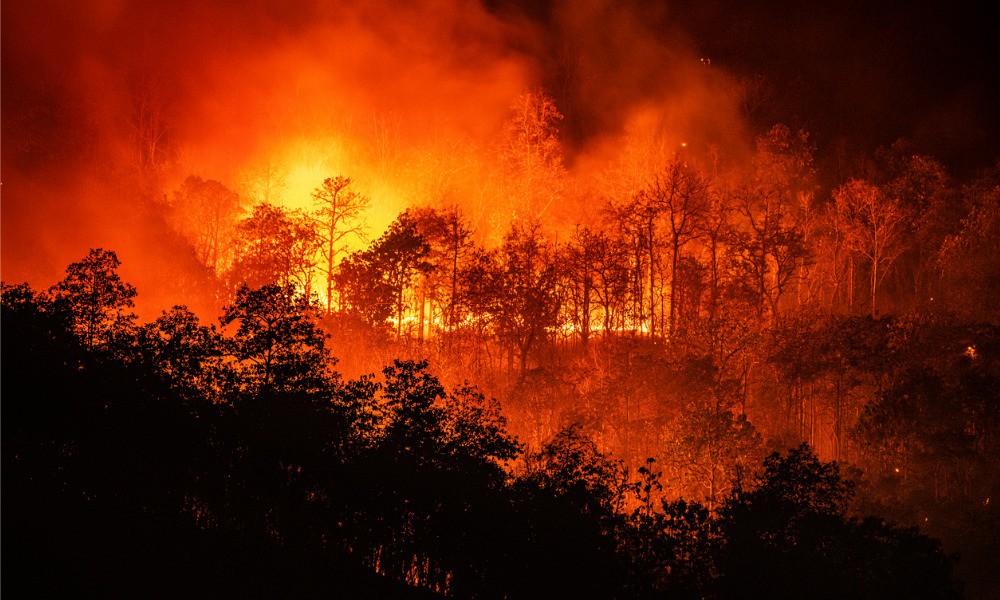Wildfires rage on amid extreme temperatures across Canada

On June 30, 2021, a wildfire swept through Lytton in B.C., destroying most of the village and killing two residents.
The devastation came amid soaring temperatures in B.C. The village of Lytton had only days prior reached 49.6°C – the highest record temperature in Canada, ever.
Amid brutal temperatures in Western Canada and the U.S., wildfires are sadly becoming more common.
And it’s not over for Canada yet, on August 8 the Aviation, Forest Fire and Emergency Services (AFFES) said that there were – at that time – 120 forest fires burning in northwestern Ontario. Larger fires were reported in Kenora and Red Lake.
Recent wildfires in the U.S. but also in Greece, Algeria and Australia have only reinforced the notion that they are increasingly a cause for concern.
Indeed, wildfires are a concern for many Canadian workers – notably those working in agriculture and forestry. Other employees may be at risk too, such as tourist guides or those working in nearby shops.
And while the blaze itself is, of course, dangerous, so is poor air quality.
Said Hope McManus, Head of Health & Safety, Peninsula Canada:
“With prolonged exposure, poor air quality can cause short-term and long-term health effects […] Smoke from wildfires can travel great distances affecting the air quality of areas far from the fires themselves. If there are wildfires in the province, or near its border, it is important to have a plan in place to protect outdoor workers.”
Fire smoke contains hazardous components such as carbon monoxide, chemicals and fine particulate matter, says McManus.
“When inhaled, smoke can cause nausea, dizziness, headaches, visual impairment and loss of consciousness. In extreme cases, carbon monoxide can even cause death. Outdoor workers with respiratory conditions, cardiovascular conditions or compromised immune systems are at an even greater risk,” she says.
For businesses and organizations at risk, an emergency preparedness plan is key to help manage the health and safety of workers. This can include an evacuation plan if necessary, ensuring that PPE stocks are full and making plans to halt or slow down work depending on air quality.





